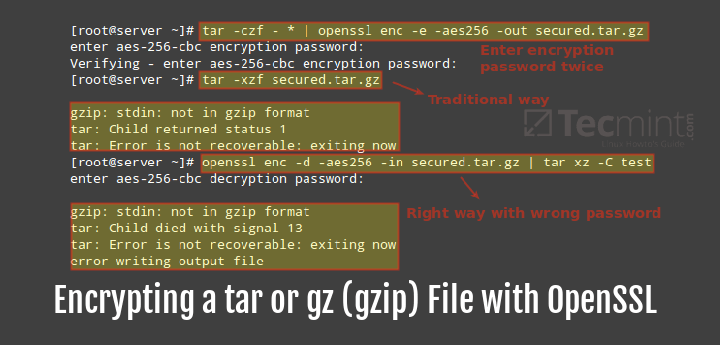

- #OPENSSL ON WINDOWS HOW TO#
- #OPENSSL ON WINDOWS INSTALL#
- #OPENSSL ON WINDOWS PATCH#
- #OPENSSL ON WINDOWS FULL#
- #OPENSSL ON WINDOWS FOR WINDOWS 10#

To convert certificate file: openssl pkcs12 -in certificate.pfx -out certificate.cer -nodes OpenSSL commands to convert PKCS#12 (.pfx) file

Openssl pkcs12 -export -in certificate.cer -inkey privateKey.key -out certificate.pfx -certfile CACert.cer To convert private key file: openssl rsa -inform DER -in yourdomain_key.der -outform PEM -out yourdomain.keyĬonvert P7B to PEM openssl pkcs7 -print_certs -in certificate.p7b -out certificate.cerĬonvert P7B to PFX openssl pkcs7 -print_certs -in certificate.p7b -out certificate.cer To convert certificate file: openssl x509 -inform DER -in r -outform PEM -out yourdomain.crt
#OPENSSL ON WINDOWS PATCH#
It is also be a great tool for patch management. OpenSSL can be installed with Chocolatey, which can be easily deployed in an organization or installed for a single user.
#OPENSSL ON WINDOWS FOR WINDOWS 10#
OpenSSL Command to Check CSR openssl req -text -noout -verify -in CSR.csr OpenSSL Commands to Convert Certificate and Key FilesĬonvert PEM to DER openssl x509 -outform der -in certificate.pem -out rĬonvert PEM to P7B openssl crl2pkcs7 -nocrl -certfile certificate.cer -out certificate.p7b -certfile CACert.certĬonvert PEM to PFX openssl pkcs12 -export -out certificate.pfx -inkey privateKey.key -in certificate.crt -certfile CACert.crt This tutorial is mostly for Windows 10 users, since OpenSSL does not ship with Windows 10 by default.
#OPENSSL ON WINDOWS FULL#
#OPENSSL ON WINDOWS INSTALL#
But for someone who just wants to install an SSL certificate, only a handful of commands are really necessary. With its core library written in C programming language, OpenSSL commands can be used to perform hundreds of functions ranging from the CSR generation to converting certificate formats. Being an open-source tool, OpenSSL is available for Windows, Linux, macOS, Solaris, QNX and most of major operating systems. When it comes to SSL/TLS certificates and their implementation, there is no tool as useful as OpenSSL. The first thing to do is to make sure your system has OpenSSL installed: this is a tool that provides an open source implementation of SSL and TLS protocols and that can be used to convert the certificate files into the most popular X.509 v3 based formats.In Everything Encryption Here’s a list of the most useful OpenSSL commands Using OpenSSL for Windows to Create an SSL Certificate On the server with IIS, go to Administrator Tools -> Internet Information Services (IIS) Select the.

The conversion process will be accomplished through the use of OpenSSL, a free tool available for Linux and Windows platforms.īefore entering the console commands of OpenSSL we recommend taking a look to our overview of X.509 standard and most popular SSL Certificates file formats - CER, CRT, PEM, DER, P7B, PFX, P12 and so on.
#OPENSSL ON WINDOWS HOW TO#
In this post, part of our "how to manage SSL certificates on Windows and Linux systems" series, we'll show how to convert an SSL certificate into the most common formats defined on X.509 standards: the PEM format and the PKCS#12 format, also known as PFX.


 0 kommentar(er)
0 kommentar(er)
